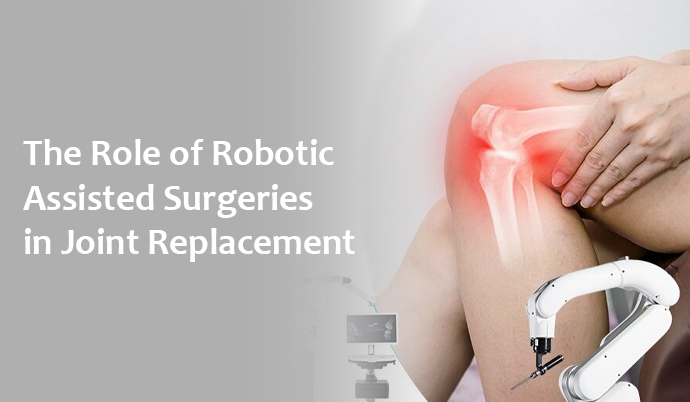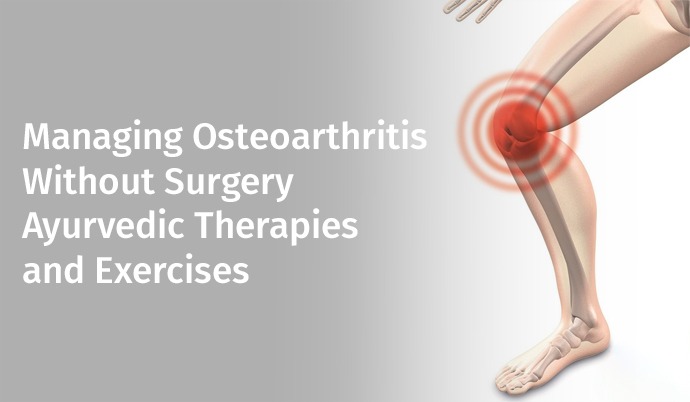
Recent statistics on the number of joint replacements conducted by the American Academy of Orthopaedic Surgeons (AAOS) indicate that more than 1 million joint replacement procedures are being conducted each year in the U.S. alone, and the statistics are rapidly increasing. Over 1.5 lakh knee replacements are performed in India each year, and the proportion being performed via robotic cases is rising.
Why are these figures increasing? Since the robotic-assisted surgeries are redefining the precision, recovery and results. It could be a knee, hip, or shoulder, but whatever it may be, the robotic systems are providing surgeons with greater control and for patients. Better outcomes. So we are going to deconstruct it all about what robotic joint replacement is all about, why it is becoming the method of choice, and what you should understand should you consider it.
What is Robotic-Assisted Joint Replacement?
Let us start off with the obvious robot does not perform the surgery by itself. A human surgeon remains very much in command. The robot should be compared to the most accurate assistant in the world that guides, maps, and helps the surgeon to perform each move with utmost precision. Robotic-assisted joint replacement surgery employs a robotic arm or navigation system in the process of planning and executing the procedure with the assistance of the surgeon. It will start by scanning your joint or getting a CT scan of your joint, which will give a virtual model of your anatomy. On this basis, the system assists the surgeon to plan the surgery in a customised form, such as the point to cut the bone, how to position the implant, and where to avoid the natural motion of the joint. Systems, such as the MAKO robot, NAVIO system, and ROSA Knee System, have already been implemented in hospitals across the world and literally in the largest Indian metro cities too.
What is the Big Deal about Robotic Surgery on Joint Replacement?
1. Accuracy at Never Before Levels
In conventional joint replacement surgery, there is quite some visual estimation. With the assistance of robots, surgeons are capable of performing their operations with millimetre precision. This is particularly important in multi-disciplinary surgeries or repeat surgery, where the main issue of bone integrity will be at stake.
2. The more accurate the Implant Alignment, the higher the longevity.
One of the leading causes of the failure of joint implants after a period of time is due to misalignment. Robotic systems make the accompanying implant perfectly fit your anatomy, which will lower wear-and-tear and increase the implant lifespan.
3. Fewer Trauma, Quicker Healing
The surrounding tissues are less damaged as the cuts are more accurate. That implies less blood loss and less pain, and a faster rehabilitation. Previous research demonstrates that patients who utilise the assistance of a robot begin walking without any help several days or weeks before conventional patients.
4. Replicability
Each patient has individual anatomy, and robotic assistance helps to harmonise the results, eliminating those variables that rely solely on the experience of the surgeon or relying on guesses intraoperatively.
Which Joint Replacements may be Robotic?
The most popular procedures that are carried out using robots are:
There are emergent use cases of shoulder and spine surgeries. The robotic knee replacement is now in the lead, and the technology is finding particular application in the partial knee replacement, wherein accuracy is paramount.
Who is a Good Fit for Robotic-Assisted Surgery?
Provided you are a person who:
If you lie in any of the above phases, then robotic-assisted surgery may be a very intelligent one. But keep in mind the point it is neither about the robot nor the technology, but the team and the technology as a combination. Nevertheless, the wise thing to do is to talk to an experienced orthopaedic surgeon equipped with robotic systems.
Are there Any Cons of Robotic-Assisted Surgeries?
Well, you can not make everything right. It can be thought of as follows:
However, the costs tend to be far outweighed by the long-term advantages, particularly when you are thinking of a more rapid, painless and prolonged recovery.
What Patients Say?
Most patients who have been subjected to robotic-assisted joint replacement report:
And as the technology keeps on advancing, some people who have embraced the change first term it as a game changer in their lives.
Robotic surgeries are not merely the next big thing, but the orthopaedic excellence of the future. This translates to patients being more precise, more personalised and more at peace. Are you a person who continues to suffer from the pain due to sore joints, lacks the ability to live a full life, or simply has had enough of living on analgesics and physiotherapy? Then this may be your chance. Talk to your physician. Learn what is available to you. And do not forget: Healing is not only about repairing a joint, it is about the recovery of your mobility, your mood and your movement. For advanced robotic-assisted surgeries and treatment options, consult the specialists and book an appointment at Sir Ganga Ram Hospital today.




